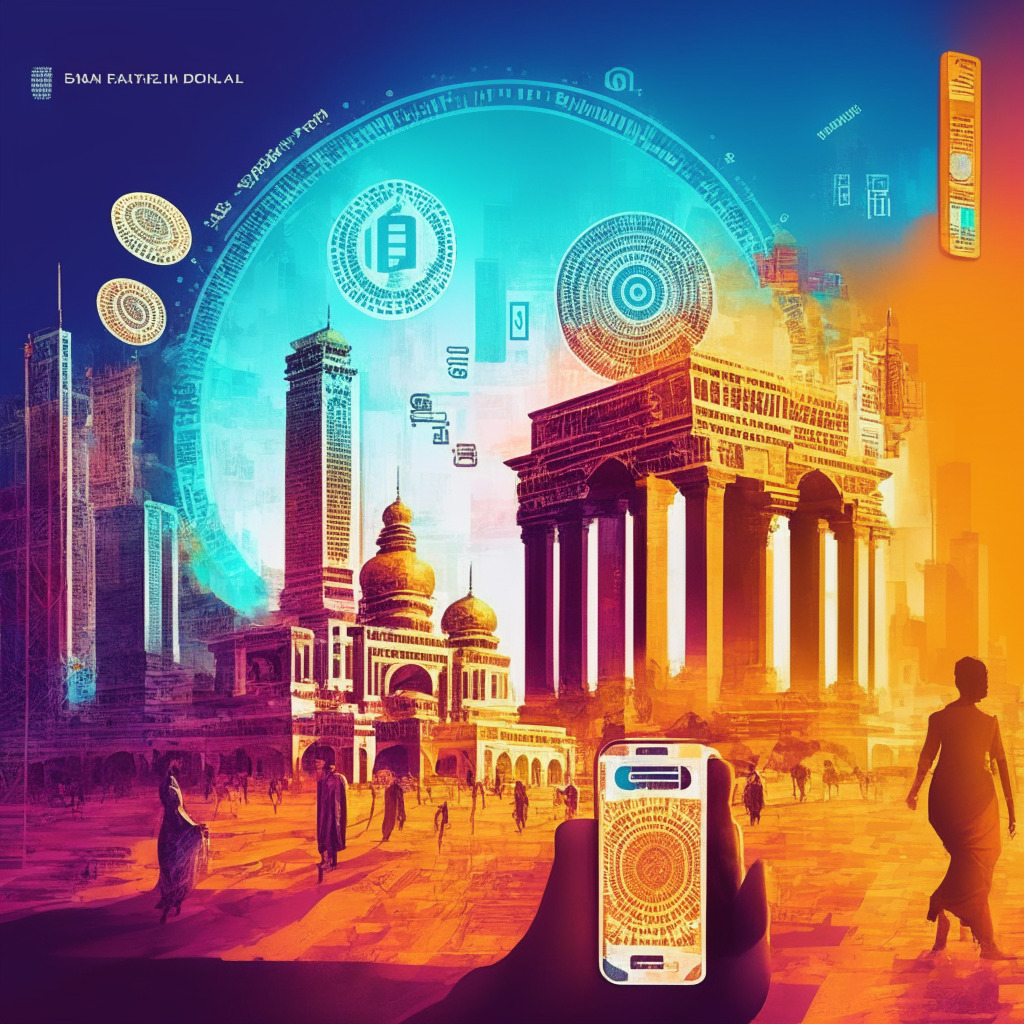The Reserve Bank of India (RBI) is taking significant strides towards the implementation of a central bank digital currency (CBDC) with the aim of bringing on board one million users of the Digital Rupee. While there is no specific timeline for this project, RBI aims for a “gradual and calibrated” change that emphasizes understanding the growing use of CBDCs.
RBI’s pilot program, which began in the cities of Mumbai, New Delhi, Bengaluru, and Bhubaneswar, has expanded to other locations including Ahmedabad and Chandigarh. This expansion broadens the reach of the Digital Rupee and enables a more diverse segment of the Indian population to take part in its implementation. Initially, the State Bank of India, ICICI Bank, YES Bank, and IDFC First Bank were involved in the CBDC project, with other major banks such as Bank of Baroda and HDFC Bank joining later.
India’s digital banking infrastructure is one of the key factors that could facilitate a smooth transition towards the Digital Rupee. An interesting aspect of this is the proposed interoperability between CBDC QR codes and India’s popular Unified Payments Interface (UPI). The UPI is used widely in India for various digital banking transactions, such as payments made through debit or credit cards, internet banking, or mobile wallets.
By enabling this interoperability, the Digital Rupee will be seamlessly integrated into the current digital payments ecosystem. Its introduction could potentially lead to a faster and more secure payment system that is able to directly compete with existing cryptocurrencies BTC and even major banks like HDFC Bank in terms of transaction efficiency.
However, the introduction of a CBDC could also raise some concerns regarding privacy and data security. Since transactions using the Digital Rupee might not involve intermediation by banks, users could potentially have more control over their digital assets. However, this also raises questions on the kind of data that will be stored and how it will be protected from potential security breaches and misuse.
Overall, the Reserve Bank of India’s plans to introduce the Digital Rupee could have far-reaching implications on the Indian economy and digital banking infrastructure. While there are potential benefits in terms of transaction efficiency and cost reduction, the challenges related to privacy and data security should also be addressed in order to maintain the trust of individuals and businesses alike.
The article’s content may include the personal opinion of the author and is subject to market conditions. Conduct thorough market research before investing in cryptocurrencies. The author or the publication holds no responsibility for personal financial loss.
Source: Coingape




